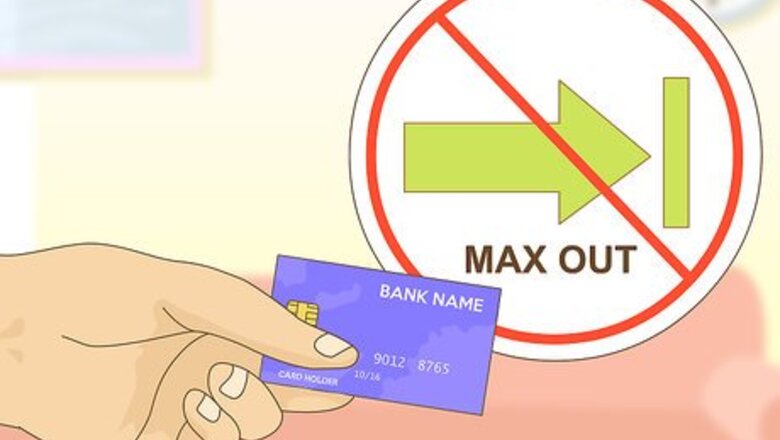
views
Getting the Cash from the Credit Card Company
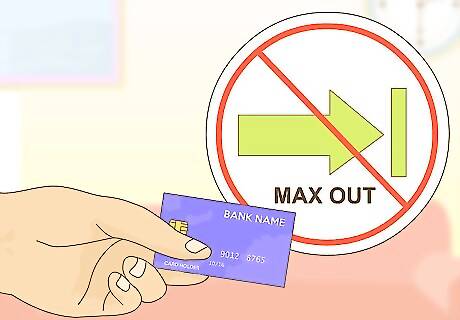
Make sure you’re current on payments. While most credit cards allow cash advances, it doesn’t work exactly like using a credit card. Where you might be able to use a credit card even if you’re a little late on the payment, this is generally not the case with a cash advance. You typically can’t withdraw the entire amount of your credit limit, either, so you’ll need to make sure you’re not maxed out before you try to make a withdrawal. If you use online banking, you should be able to access this information quickly by logging into your account.
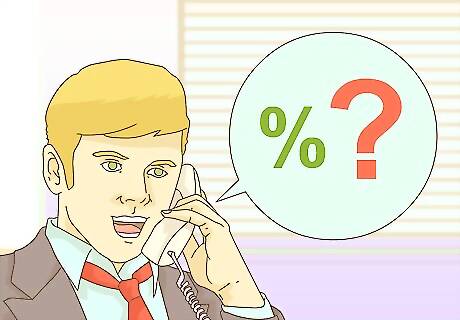
Call your creditor. If you don’t use online banking and you aren’t sure about whether you’re current on payments or how much you have left on your credit limit, you should call the creditor who issued the card. They’ll be able to answer any question you might have about your credit limit or payment history. Don’t forget to ask about any fees or special interest rates for cash advances.
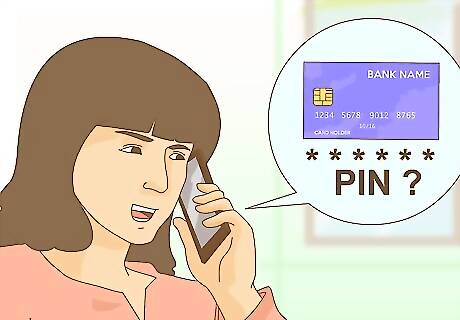
Find or set your PIN. Before you go to the ATM, remember that your credit card has a different PIN than does your debit card. You’ll need to get the PIN for your credit card before you go to the ATM, because it’s common for an ATM to freeze an account after a certain number of wrong entries. If you can’t remember your PIN, you may be able to reset it. Call your bank and inquire about how to change it. Sometimes it’s as easy as calling a 1-800 number, but other banks might send you the new PIN in the mail.
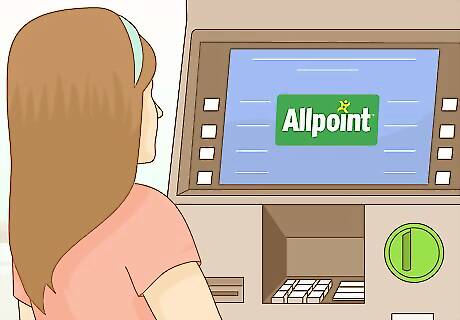
Locate an ATM that’s convenient and free. Although you can get a cash advance from a bank or in the form of a check delivered by postal mail, the speed and convenience of an ATM withdrawal is part of the appeal. Try and find an ATM from the same bank as issued the card—using it will be free. If you can’t find an ATM from the issuing bank, try an Allpoint ATM. Allpoint is a network of over 50,000 surcharge-free ATMs. Unfortunately, everyone isn’t in the Allpoint network. Check to see if you are at http://www.allpointnetwork.com/.
Deciding if a Cash Advance is Wise
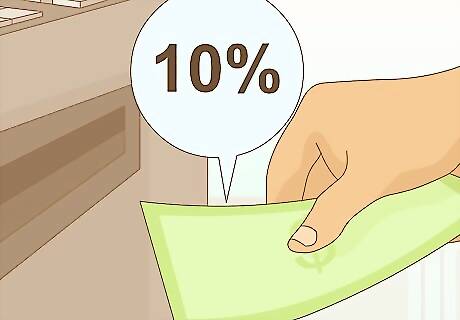
Don’t forget about the cash advance fee. Although there are a couple of cards that charge nominal cash advance fees, they are typically substantial. A cash advance fee is usually expressed as a percentage of the transaction—10% is common—but with a minimum dollar amount. So if you withdrew cash in the amount of $500, it would be subject to a $50 cash advance fee, because 10% of $500 is $50. However, even if you only withdrew $10, the minimum dollar amount for a charge might be $5, making the charge for the $10 withdrawal $5 instead of $1.
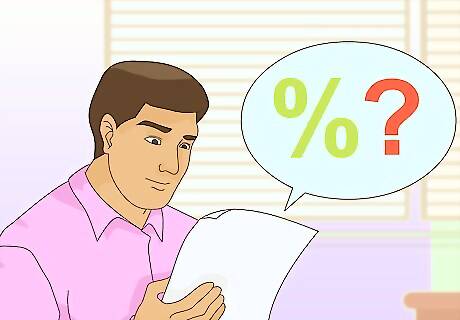
Check the interest rate. The interest rates on cash advances are almost always higher than the interest rates on a typical credit transaction. Before you decide to make a cash withdrawal, make sure you know the interest rate and can afford it. It isn’t uncommon to see interest rates of 20% and more for cash advances, which is extraordinary. Many a sensible person has become financially ensnared by a high interest rate. Make sure you’ll be able to easily pay the cash advance back before you make the withdrawal.
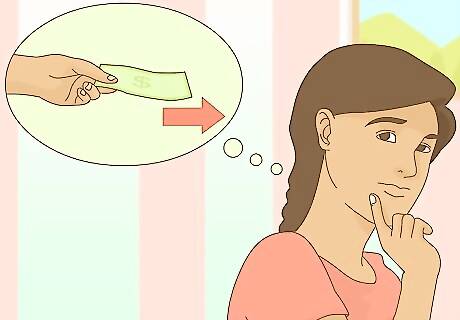
Determine whether you can start to pay right away. Unlike most credit card transactions, the interest on cash advances begins to accrue immediately. While it’s always important to pay off your credit card balance as quickly as possible, this goes double for a cash advance. You will need to pay the minimum payment on your regular credit card balance before any payment can go toward paying off your cash advance. Any additional payment will then go to the highest interest rate balance on your card. So if the interest rate on your regular credit card balance is 4% and the interest rate on your cash advance is 20%, the payment must be applied to paying off the cash advance balance.

Consider your alternatives. A lot of people will have other alternatives to a credit card cash advance—probably the only type of loan more unfriendly to the borrower than a cash advance is a payday loan. You should consider any of the following before you take a cash advance: Getting a personal loan. It will take a little longer than a credit card cash advance, but the interest rate will be much lower than a cash advance (by as much as half). Furthermore, you can usually get a personal loan for a larger amount. Personal loans are available through banks and credit unions. Applying for a HELOC. A Home Equity Line of Credit (HELOC) is a line of credit in the same amount as the equity in your home. It is like a second mortgage, but you aren’t obligated for all of the equity in your home, and it has an expiration date. They’ll take much longer to apply for than a cash advance, but they’ll be far less expensive. ref>http://ptmoney.com/credit-card-cash-advance-bad-financial-move-or-good-emergency-plan/ Interest paid on a HELOC is deductible from income tax.















Comments
0 comment